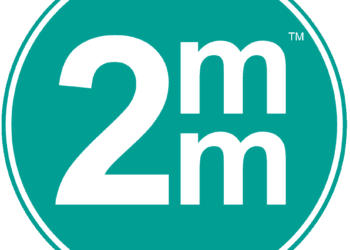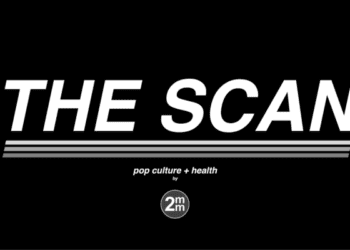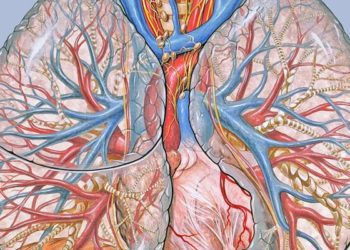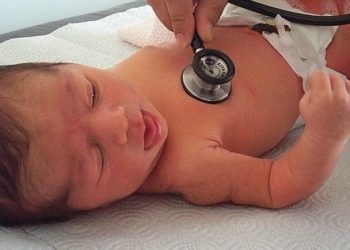#VisualAbstract: Elexacaftor–Tezacaftor–Ivacaftor for Cystic Fibrosis with a Single Phe508del Allele
1. In this multicenter, phase 3 study of cystic fibrosis patients who were previously unresponsive to modulator regimens, triple-combination therapy with the next-generation corrector elexacaftor resulted in a significantly improved percentage of predicted forced expiratory volume in one second versus placebo after 4 and 24 weeks.
2. Improvements were also shown in sweat chloride concentration, the rate of pulmonary exacerbations, and the respiratory domain score on the Cystic Fibrosis Questionnaire-Revised.
Evidence Rating Level: 1 (Excellent)
Study Rundown: While hundreds of disease-causing mutations have been discovered for cystic fibrosis, the vast majority of people with the condition exhibit a three base deletion resulting in the absence of a phenylalanine residue (Phe508del) that is essential for intracellular trafficking and native stability of the cystic fibrosis transmembrane conductance regulator (CFTR) protein. Concurrent use of CFTR correctors and potentiators has been effective for patients possessing two Phe508del alleles but markedly less so for those with only one copy in addition to a second mutation that is unresponsive to modulator therapy (minimal function). This phase 3 study tested the effects of the triple-combination regimen of the next-generation corrector elexacaftor, the corrector tezacaftor, and the potentiator ivacaftor on CF patients with a single Phe508del allele, finding that treatment with these modulators resulted in significant improvements in forced expiratory volume in one second (FEV1) versus placebo. Patients who received elexacaftor-tezacaftor-ivacaftor treatment also reported dramatic improvements in quality of life based on the Cystic Fibrosis Questionnaire-Revised (CFQ-R) and had a significantly lower risk of pulmonary exacerbations. Adverse events were generally mild to moderate and rarely resulted in discontinuation of treatment. This study was bolstered by high adherence as well as stratification by numerous factors including percentage of predicted FEV1, age, and sex. Additionally, findings were supported by a concurrent trial that demonstrated similar outcomes in homozygous Phe508del patients. While this modulation is likely to benefit a large portion of the CF population, further research is still necessary to extend these benefits to younger children or those with less common responsive mutations.
Click here to read the study in NEJM
©2019 2 Minute Medicine, Inc. All rights reserved. No works may be reproduced without expressed written consent from 2 Minute Medicine, Inc. Inquire about licensing here. No article should be construed as medical advice and is not intended as such by the authors or by 2 Minute Medicine, Inc.







